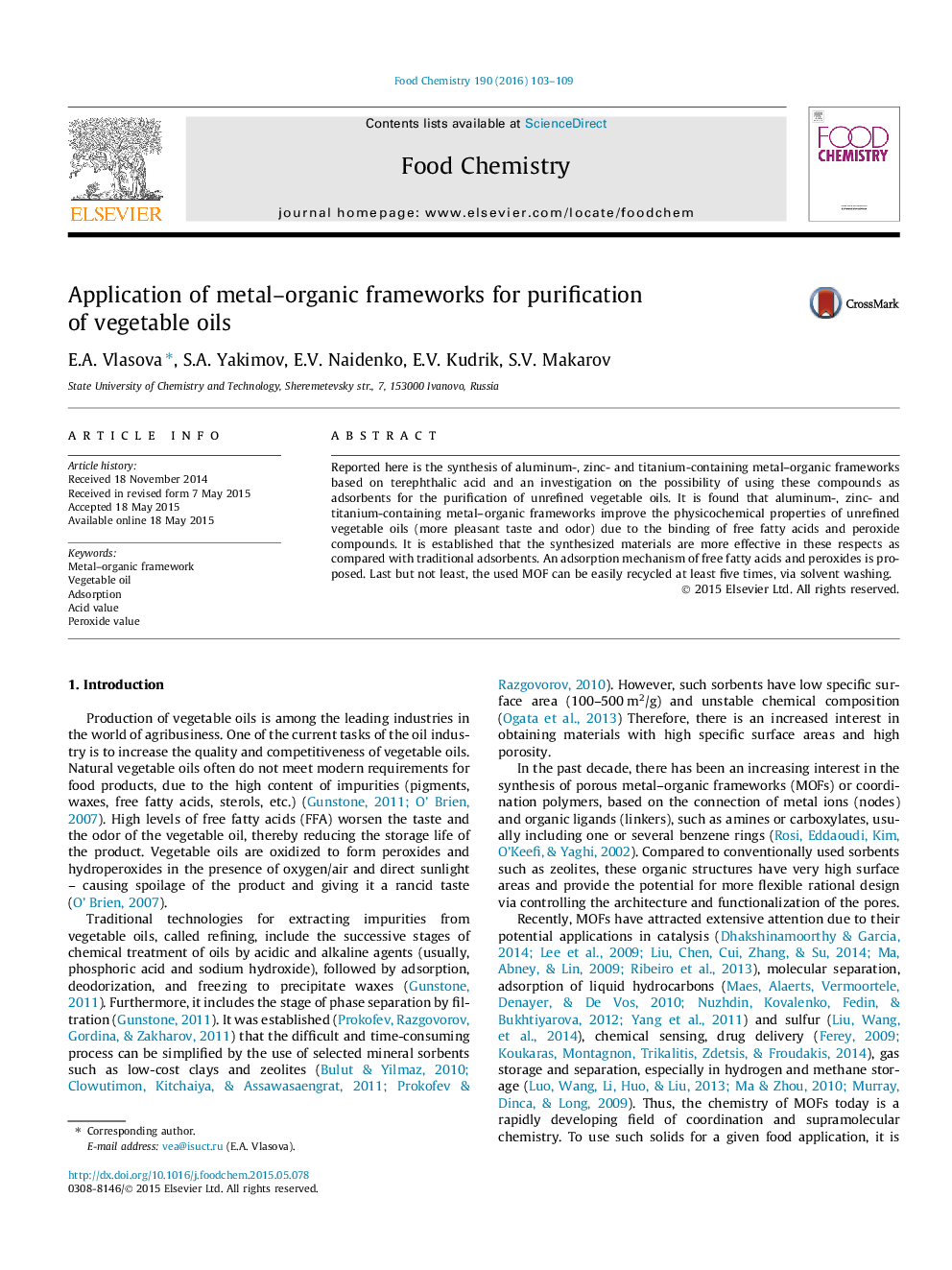| Article ID | Journal | Published Year | Pages | File Type |
|---|---|---|---|---|
| 7590282 | Food Chemistry | 2016 | 7 Pages |
Abstract
A major drawback to the extension of NaOH-free olive debittering is its lengthy processing. In this research, the power ultrasound efficacy was investigated in a laboratory scale to accelerate this process. Olive fruits were sonicated in water or brine (15% NaCl). The effects of ultrasound-assisted debittering (UAD) were evaluated on olives physicochemical and textural properties in comparison with conventional debittering (CD). In UAD, however, the removal rate of phenolic compounds, which cause olives natural bitterness, increased significantly and as a result, the processing time decreased by 37.8% and 38.6% when debittering was done in water and brine, respectively. The chemical compositions, fatty acids profile, total color differences, Firmness and other textural parameters of UAD-treated samples remained unchanged and their antioxidant activity was significantly higher in comparison with CD-treated samples. Remarkably, UAD was able to speed up and promote NaOH-free olive debittering, without causing any undesirable changes.
Keywords
n-hexane (PubChem CID: 8058)2,2-Diphenyl-1-picrylhydrazyl (PubChem CID: 2735032)Quercetin (PubChem CID: 5280343)tert-Butylhydroquinone (PubChem CID: 16043)Sulfuric acid (PubChem CID: 1118)Hydrochloric acid (PubChem CID: 313)Gallic acid (PubChem CID: 370)Textural propertiesPhysicochemical propertiesUltrasoundMethanol (PubChem CID: 887)
Related Topics
Physical Sciences and Engineering
Chemistry
Analytical Chemistry
Authors
Maryam Habibi, Mohammad-Taghi Golmakani, Asgar Farahnaky, Gholamreza Mesbahi, Mahsa Majzoobi,
